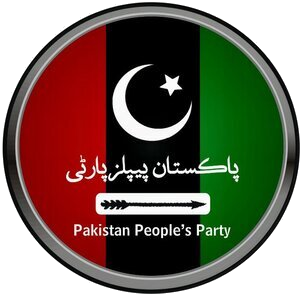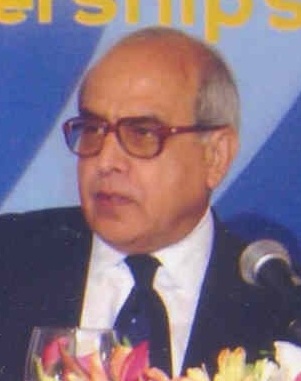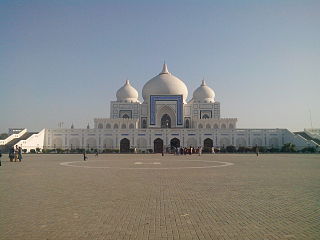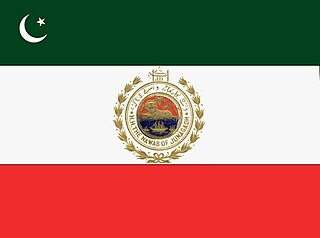History
In Mughal Empire
[14] "It was Akbar not the British colonizers who left us this parasitical curse". When the British first set foot on the Undivided India, the Mughals were in rule over most part of the region. As a part of their revenue administration was the mansabdari system through which they regulated control over the land revenue of the country. This system, introduced by Mughal Emperor Akbar, remained in place from the late 16th Century (dates vary between 1575 and 1595) till the fall of the Mughal Empire.A Brief History of British Land Acquisition in India
This acquisition of lands – and its pattern – determined the method of revenue collection that the colonial power opted for, beginning with the diwani, the first time the British gained the right to collect revenue from local land. In due time, with the introduction of the British Raj, they would stamp their legal authority over the Undivided India by introducing a number of reforms that would systematically create a new breed of intermediaries in the revenue system.
Under colonial rule
| | This section is empty. You can help by adding to it. (December 2012) |
Difference from Modern Feudalism
Often criticized for being the root of our modern feudal system, the mansabdari system was in fact different in many essential ways. First and foremost, the system granted ownership on a non-hereditary transferable basis. The officials, mansabdars, who were granted the job of overseeing of the land, never owned their mansabs but were only granted a share of its earnings as a reward for their work. Thus, since they never owned the land, they did not have the right to pass it on to their offspring, either. This non-ownership of land is the essential difference between modern feudalism and the Mughal mansabdari system.
Mansabdars turn into Petty Chiefs
However, after the fall of the Mughal Empire, these mansabdars, turned into de facto hereditary landlords and petty chiefs of their mansabs. With the Mughal ruler gone, there was no one to stop them from doing so. But, sadly for them, soon enough, a new force was to gain control of their land – the British. [14]
In independent Pakistan
Almost half of Pakistan's GDP and the bulk of its export earnings are derived from the agricultural sector, which is controlled by a few thousand feudal families. Some of the most powerful feudal dynasties include the Jatoi, Zardari, Mehr, Chaudhary, Bhutto, Mirani, Khan, Zehri, Khar and Qureshi families. These families each own thousands of acres of prime agricultural land with thousands of villagers living on and tending to the family land. The Jatoi family owns 45,000 acres of land and the Khan family owns 30,000 acres. The Khar and Mirani families are smaller each owning 6,000 acres of agricultural land. With this concentration of economic power, they also have considerable political power. [7]
The leadership of the Pakistan Muslim League, the political party that established Pakistan in 1947, was dominated primarily by feudal landowners such as the Taluqdars, Zamindars, Chaudharys, Rajas, Rais, Mahers, Maliks, Khans, Jagirdars, Nawab and Sardars. The sole exception were the Jinnahs. [7]
During the '50s and the '60s, the feudal families retained control over national affairs through the bureaucracy and military. In 1971, they assumed direct power as Zulfikar Ali Bhutto was from a very large landowning family and retained it until the military regained power. [7] Nawab Malik Amir Mohammad Khan, an Awan, was Nawab of Kalabagh and remained governor of West Pakistan from 1960-1966.
The former Prime Minister of Pakistan, Yousuf Raza Gilani, is a major landowner from South Punjab (Multan) and from a long-standing political family. The President former Asif Ali Zardari, is a large landowner from Sindh. [1] Hamid Nasir Chattha's (former Speaker of the National Assembly of Pakistan) family has held power for decades in Gujranwala-hafizabad districts as the Chief of the Chattha Feudals. Shah Mehmood Qureshi hails from a prominent feudal Sufi family in Multan and is also followed as a religious saint.
Thus, large landowners have dominated Pakistan's politics since the country's inception. [7]












